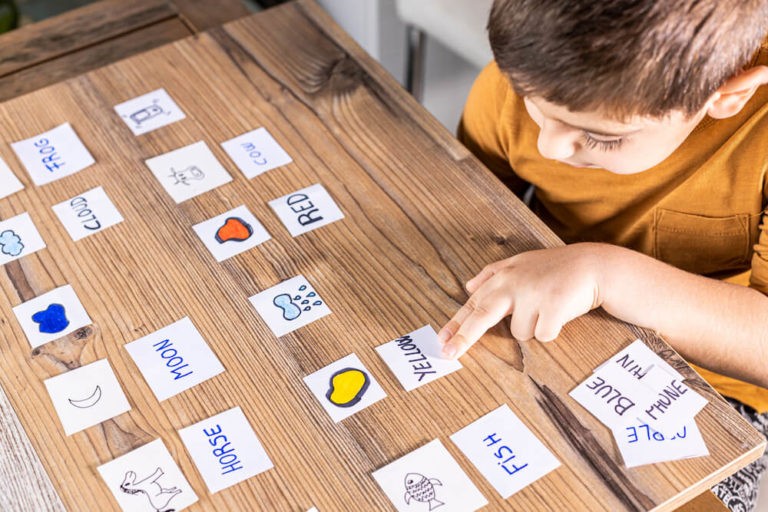Getting English learners to speak English in the ESL classroom can be tricky. Students who have ESL class on their schedules at school may differ greatly in their proficiency of the English language. Their skill levels might also differ from reading and writing to speaking and listening. Knowing this, it is extremely important that ESL teachers familiarize themselves with the Can-Do Descriptors for each of their students.
Depending on their levels, many students may not be confident enough in their speaking to volunteer to speak in front of their classmates and teachers. It is a social risk to open themselves up and be vulnerable in front of their school community. Students learning a second language take the chance of being mocked or humiliated if they mispronounce words or say them out of order in a sentence. At times, even we as teachers don’t realize that we are embarrassing students in the way we correct them.
There are many learning strategies appropriate for an ESL classroom, but one way to encourage ESL students to practice speaking English is to create a low-pressure scenario using fun games. Students may be hesitant to participate at first, but before they know it, they will be taking risks and speaking aloud without even realizing it! Here are a few fun games to try with your ESL students.
ESL Games to Try in Your Classroom
Taboo
In my opinion, Taboo is the best game to get students talking when they might normally be timid and shy. Taboo is a great way for students to practice their vocabulary when describing nouns. There are several ways to play this game, but to start, I would recommend playing as a whole class to model the concept.
Create a Powerpoint or Google Slide presentation with one noun on each slide. Have one student sit in a chair in front of the board, facing the class. The class then describes the word that is displayed on the board (without using the actual word) until the student seated up front guesses the word. A modification of this could be to assign students into groups of four or five with a stack of index cards with nouns written on them in the middle.
Students take turns giving clues to the guesser until they say the word that is on the card. In the end, the student with the most cards successfully guessed is the winner. This game is always fun and students become more and more engaged as the game progresses. It is great for practicing vocabulary and synonyms, and the team aspect takes the spotlight off of a single speaker.
Pictionary
Like Taboo, this game is great for creating an atmosphere that is low-pressure and fast-paced for students to take risks in speaking. For Pictionary, have the class divided into two teams with each team sending one student to the board at a time. Divide the board into two sides and give each student at the board a card with a word (noun) to draw out for their teams to guess.
Setting a timer and having students draw as many words as they can while their team correctly guesses them before the timer runs out can add a fun level of intensity to the game. The team with the most words successfully guessed wins!
Guess Who?
Guess Who? is a great way for teams of two to practice adjectives and to use vocabulary words that describe physical attributes. This is especially low-stress for the most timid and shy ESL students, since they will only be speaking with one other person and not in front of the entire class.
The concept of the game is simple to use for any grade level. When using this game, be careful to actively monitor students so that they do not slip back into their first language when they think that no one is listening to them. Older students can play best three out of five games, or turn it into a class tournament and post the winners for other classes to see.
Jenga
Modifying Jenga to practice conversational English is a great way to get students speaking English aloud with each other in pairs or small groups. The teacher should use a permanent marker to write one question in English on each block piece. As a player removes a piece, they must ask the question to another player, who must answer the question in English before the other player can place the piece on the top of the tower. Here are several examples of questions to write on the blocks.
- Can you describe your favorite animal?
- Who lives at your home?
- Can you describe your favorite place to be?
- What is your favorite meal?
The bonus to using this game is that it also builds community and positive relationships within the classroom. Students will get to know each other and it can double as an icebreaker.
There are many more useful and fun games to implement in an ESL classroom. The key is to look for opportunities for students to speak English with each other in a low-stress, safe environment. Providing positive feedback and being extra conscientious of our own reactions to students speaking English will also encourage students’ willingness to take risks and try new words! These four examples will get you started on the road to students speaking English and having fun at the same time!




